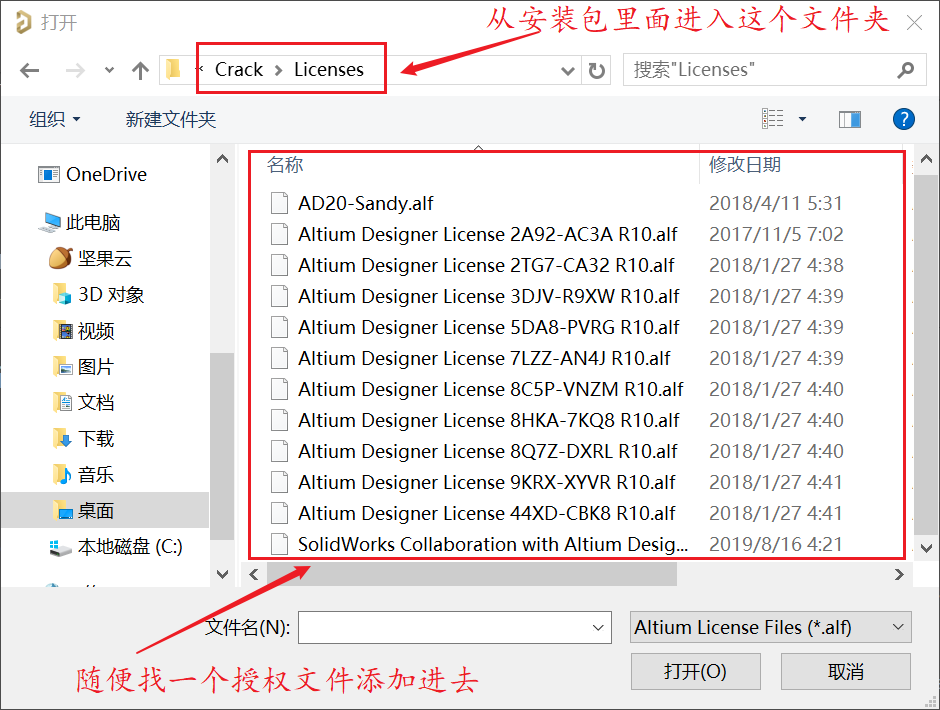

You can also locate any passives you need to include in the circuit, including the ceramic capacitor C1 shown below. You can locate this amplifier or any other amplifier in the Manufacturer Part Search panel. In the example schematic below, I’ve used some generic resistors to create a feedback loop with the MCP6H01T amplifier. If you go to the components panel, you can scroll down to the Simulation Sources.IntLib library to find a number of different voltage/current controlled sources for your circuit. After creating a blank schematic you’ll need to find the components for your amplifier and its associated circuitry. The first step is to create a new schematic in Altium Designer and locate the simulation sources you need. Creating an Amplifier Simulation in Altium DesignerĬreating a new simulation, whether it’s for your amplifier circuit, signal processing block, or other circuit, starts at the schematic level. The simulation tools you need are built into the schematic editor in Altium Designer and can be easily accessed as you design your circuits. Thanks to the extensive components libraries and built-in analysis tools in Altium Designer ®, you’ll be able to create an accurate amplifier simulation and run a number of analyses. Signal integrity is a particular concern in these systems, and designers should use their simulations to evaluate performance With newer microwave and mmWave systems set to become more common, especially as 5G and radar applications become ubiquitous, more designers will need to start designing specialized systems around RF amplifiers. The results from your simulations should be taken as a reference for comparisons once you start testing prototypes or using an evaluation board for specialized components. This is where simulation tools become useful for evaluating designs. If you’re busy innovating novel functionality for your next system, then you’ll likely be building custom circuits from a variety of ICs and/or discrete components.

Many component manufacturers are in the business of producing specialized ICs, SoCs, and SoMs for particular applications, but these components are not always adaptable to your needs. Your simulation tools, whether they are used for amplifiers or any other circuit, are important for helping validate your circuits before you layout your board. Tests and measurements with your circuits are very important, but they won’t mean anything if you don’t have a basis for comparison. It might also mean you’ve narrowed down to the components you need for your system and your evaluating proposed functionality for your system. It means you’ve finally gotten through the design phase and you’re ready to test prototypes. We’d all love to get to the test and measurement stage quicker.

Length matching for high-speed signals is all about synchronization.


 0 kommentar(er)
0 kommentar(er)
